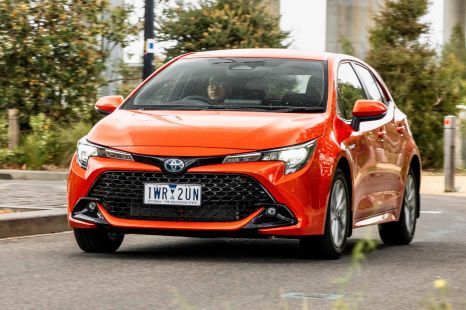

Max Davies
2025 Toyota Corolla SX review
5 Days Ago
Aston Martin's next DBX model will offer less power at what's likely to be a lower price.

Contributor
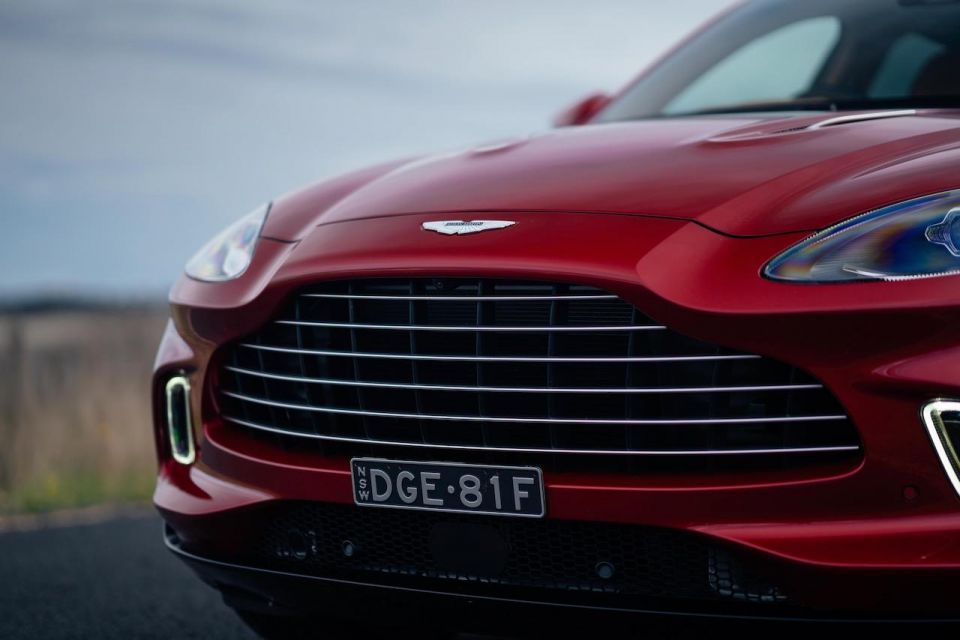

Contributor
Aston Martin is lowering the price of entry to its DBX SUV.
The brand has foreshadowed its new inline-six-powered DBX on Chinese social media, debuting the Straight Six name in a dark teaser image.
The new entry-level DBX is expected to use a 3.0-litre petrol inline-six cylinder mated with a 48V mild-hybrid system, borrowed from Mercedes-AMG. It currently features in the E-Class, along with the GLE SUV and CLS four-door coupe.
In those applications it makes 320kW of power and 520Nm of torque, although it’s not clear whether Aston Martin will retune the six to better meet its demands.

In Mercedes-AMG guise, the inline-six mild-hybrid is down 85kW and 180Nm on the twin-turbo V8 used across the current DBX range.
Although it hasn’t fitted a six-cylinder engine since 1999, Aston Martin is no stranger to six-pot performance. The legendary DB5 was powered by a 4.0-litre inline-six, for example.
The AMG 53 powertrain is step one in a plan to expand the range of DBX models beyond the current twin-turbo, 4.0-litre V8-only line-up.
It’s expected to be joined by a plug-in hybrid, and what appears to be a DBX S (potentially with V12 power) has repeatedly been snapped testing.
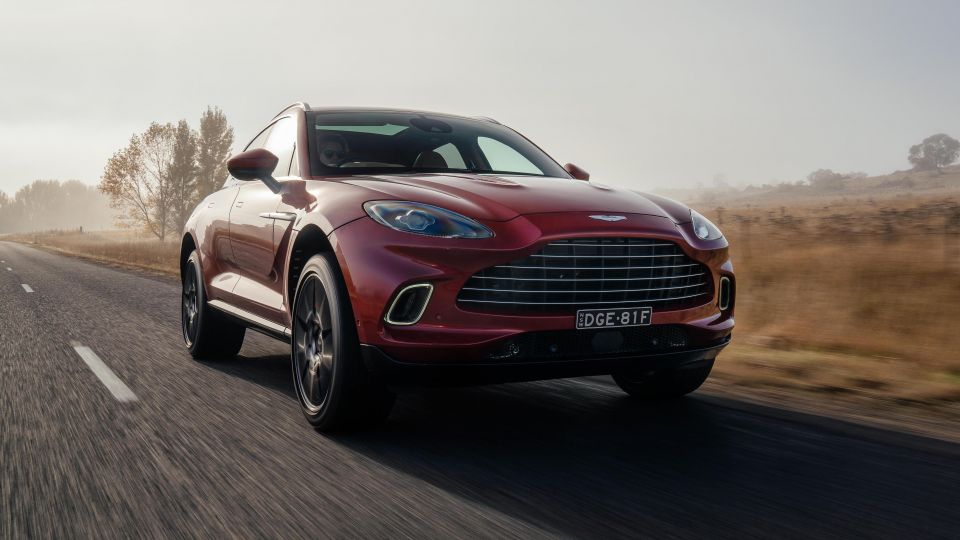
Mercedes-AMG and Aston Martin have agreed to expand their platform sharing setup beyond just old infotainment and the 4.0-litre V8 currently used in the DBX, Vantage, and DB11.
Under the agreement, Aston Martin will get access to the latest electric and plug-in hybrid technology from Mercedes-Benz.
Tobias Moers, Aston Martin CEO, earlier this year revealed how the sports car brand will make use of its strengthened technology and financial alliance with Mercedes-Benz.
Aston Martin’s first electric vehicle will be a sports car, though it won’t arrive until 2026.
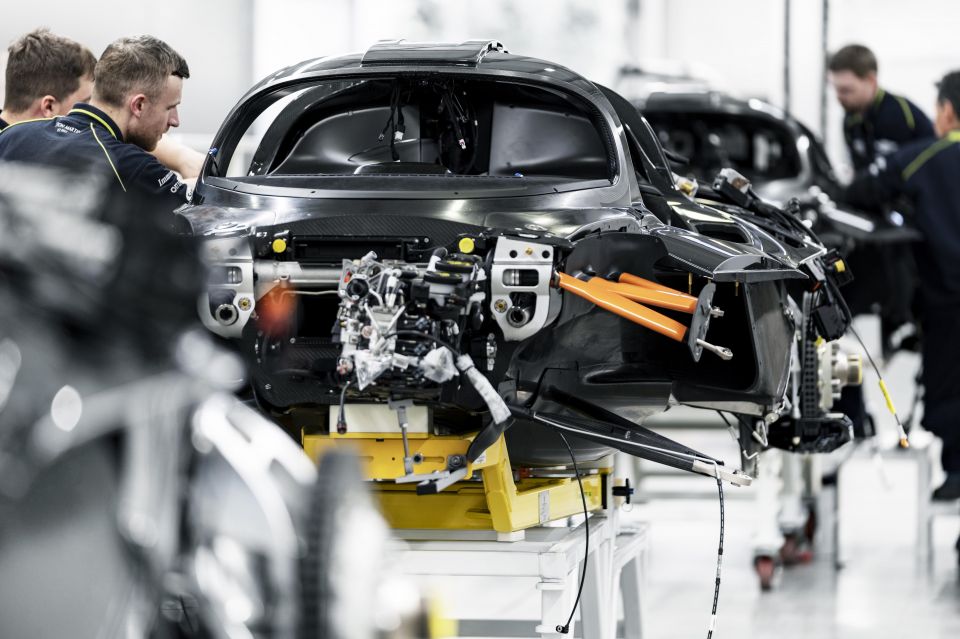
Mr Moers told Motor Trend his company’s minnow status means it can be agile and doesn’t have to make “broad pronouncements”, indicating it won’t follow brands like Jaguar by announcing an end date for internal combustion engines.
He predicts half of Aston Martin’s portfolio will be fully electric by 2030, though he said the company will offer plug-in hybrids in select markets and will offer internal combustion engines for as long as possible.
Aston Martin’s twin-turbocharged V12 engine isn’t expected to survive beyond 2027, however, due to increasingly stringent European emissions regulations.
Under Andy Palmer, Aston Martin’s previous CEO, the automaker was close to launching an electric version of the Rapide sedan, only to pull the plug at the last minute.
Before it dips its expensive moccasins into the electric car waters, Aston Martin expects by 2024 that 20 to 25 per cent of its sales will come from electrified models.
Where expert car reviews meet expert car buying – CarExpert gives you trusted advice, personalised service and real savings on your next new car.
Scott Collie is an automotive journalist based in Melbourne, Australia. Scott studied journalism at RMIT University and, after a lifelong obsession with everything automotive, started covering the car industry shortly afterwards. He has a passion for travel, and is an avid Melbourne Demons supporter.


Max Davies
5 Days Ago
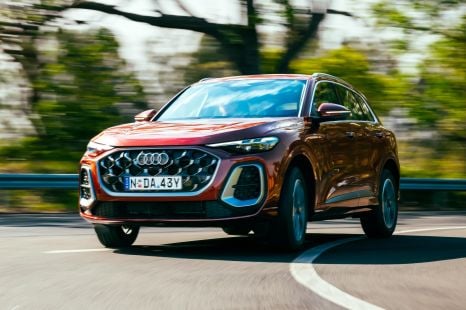

James Wong
4 Days Ago


James Wong
3 Days Ago
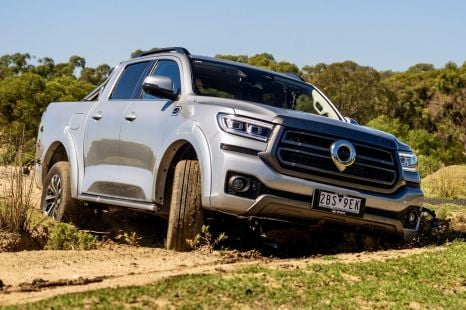

Max Davies
2 Days Ago


Max Davies
20 Hours Ago


Marton Pettendy
20 Hours Ago